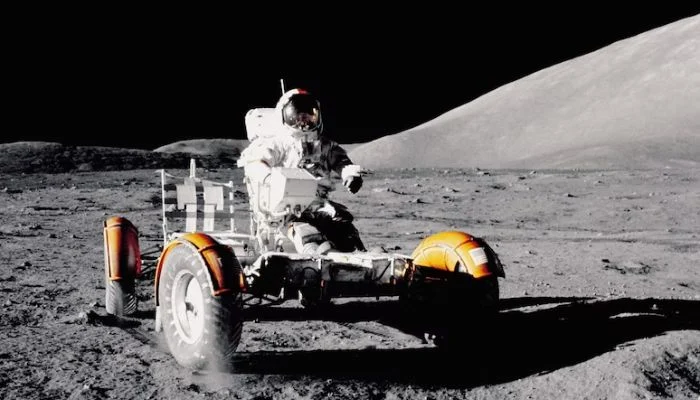WASHINGTON: NASA’s Persistence Mars wanderer has distinguished its most noteworthy focuses yet of natural particles, in a possible sign of old organisms that researchers are anxious to affirm when the stone examples are at last brought to Earth.
While the natural matter has been tracked down on the Red Planet previously, the new revelation is viewed as particularly encouraging in light of the fact that it came from an area where residue and salts were kept into a lake — conditions where life might have emerged.
“It is extremely reasonable to say that these will be, these as of now are, the most significant stone examples that have at any point been gathered,” David Shuster, a Determination return test researcher, told correspondents during an instructions.
Natural particles — compounds made basically of carbon that normally incorporate hydrogen and oxygen, yet additionally now and again different components — are not generally made by organic cycles.
Further examination and ends should sit tight for the Mars Test Return mission — a coordinated effort among NASA and the European Space Organization (ESA) to bring back the stones that is set for 2033.
Nicknamed Percy, the meanderer arrived on Mars’ Jezero Pit in February 2021, entrusted with storing tests that might contain indications of antiquated life, as well as portraying the planet’s geography and past environment.
The delta it is investigating framed 3.5 a long time back. The wanderer is presently there examining sedimentary rocks, which happened from particles of different sizes getting comfortable the then watery climate.
Percy cored two examples from a stone called “Wildcat Edge,” which is around three feet (one meter) wide, and on July 20 rubbed a portion of its surfaces so it very well may be investigated with an instrument called SHERLOC that utilizes bright light.
The outcomes showed a class of natural particles called aromatics, which assume a vital part in organic chemistry.
“This is an expedition for expected indications of something going on under the surface on another planet,” NASA astrobiologist Sunanda Sharma said.
“Natural matter is a hint and we’re getting increasingly strong clues…I by and by find these outcomes so moving in light of the fact that it seems like we’re perfectly located, with the right devices, at an exceptionally vital second.”
There have been other tempting hints about the chance of life on Mars previously, including rehashed identifications of methane by Determination’s ancestor, Interest.
While methane is a stomach related result of microorganisms here on The planet, it can likewise be created by geothermal responses where no science is influencing everything.








